Alberta delivers natural splendor on an epic scale, from the rugged peaks of the Rocky Mountains to the otherworldly formations of the Badlands. While Banff National Park rightfully draws millions of visitors each year with its turquoise lakes and dramatic alpine scenery, limiting an Alberta adventure to this famous park means missing the province’s remarkable diversity.
The true Alberta experience spans prehistoric landscapes, vibrant cities, Indigenous heritage, and pristine wilderness areas that often receive just a fraction of Banff’s visitors despite their extraordinary beauty. Here is a list of 17 ways to experience the full breadth of what Alberta offers beyond the boundaries of its most famous national park.
Jasper National Park
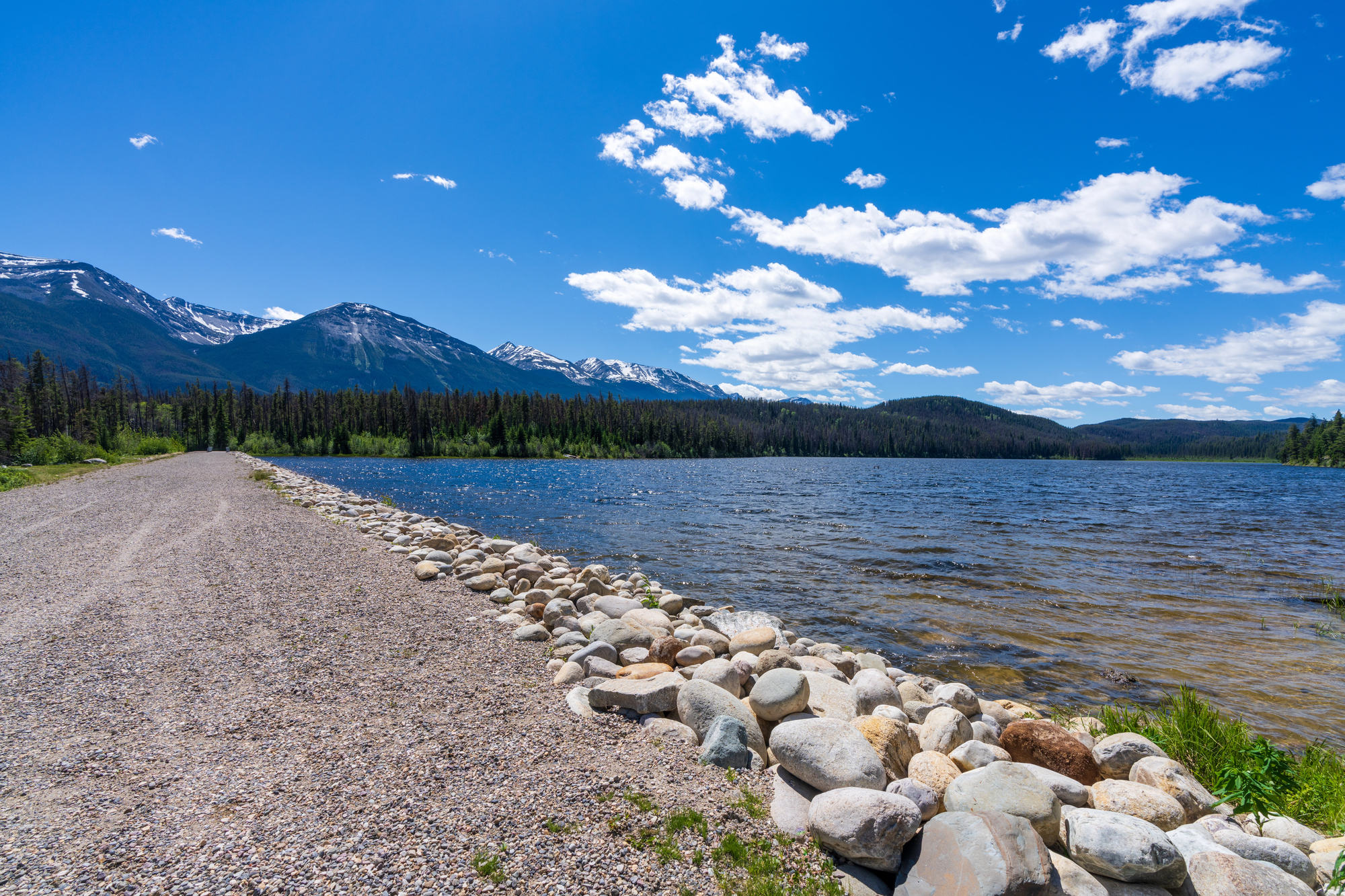
This wild UNESCO World Heritage site covers 4,200 square miles—significantly larger than Banff—with fewer crowds and equally spectacular scenery. The Icefields Parkway connecting Banff to Jasper ranks among the world’s most scenic drives, with the Columbia Icefield and its newly renovated Skywalk offering walks on ancient glaciers.
Wildlife viewing opportunities surpass those in Banff, with better chances of spotting grizzlies, elk, and the elusive woodland caribou against a backdrop of pristine wilderness untamed by the commercial development found in its southern neighbor.
Drumheller and the Badlands

This prehistoric landscape transports visitors 75 million years back in time with its alien terrain of hoodoos, stratified canyons, and exposed fossil beds. The Royal Tyrrell Museum houses one of the world’s premier paleontological collections with over 160,000 specimens, including 40 complete dinosaur skeletons that create an immersive journey through Earth’s distant past.
The surrounding Badlands offer scenic drives, excellent hiking opportunities, and the chance to participate in actual dinosaur digs where visitors can unearth fossils alongside working paleontologists during summer expeditions.
Edmonton’s Cultural Scene
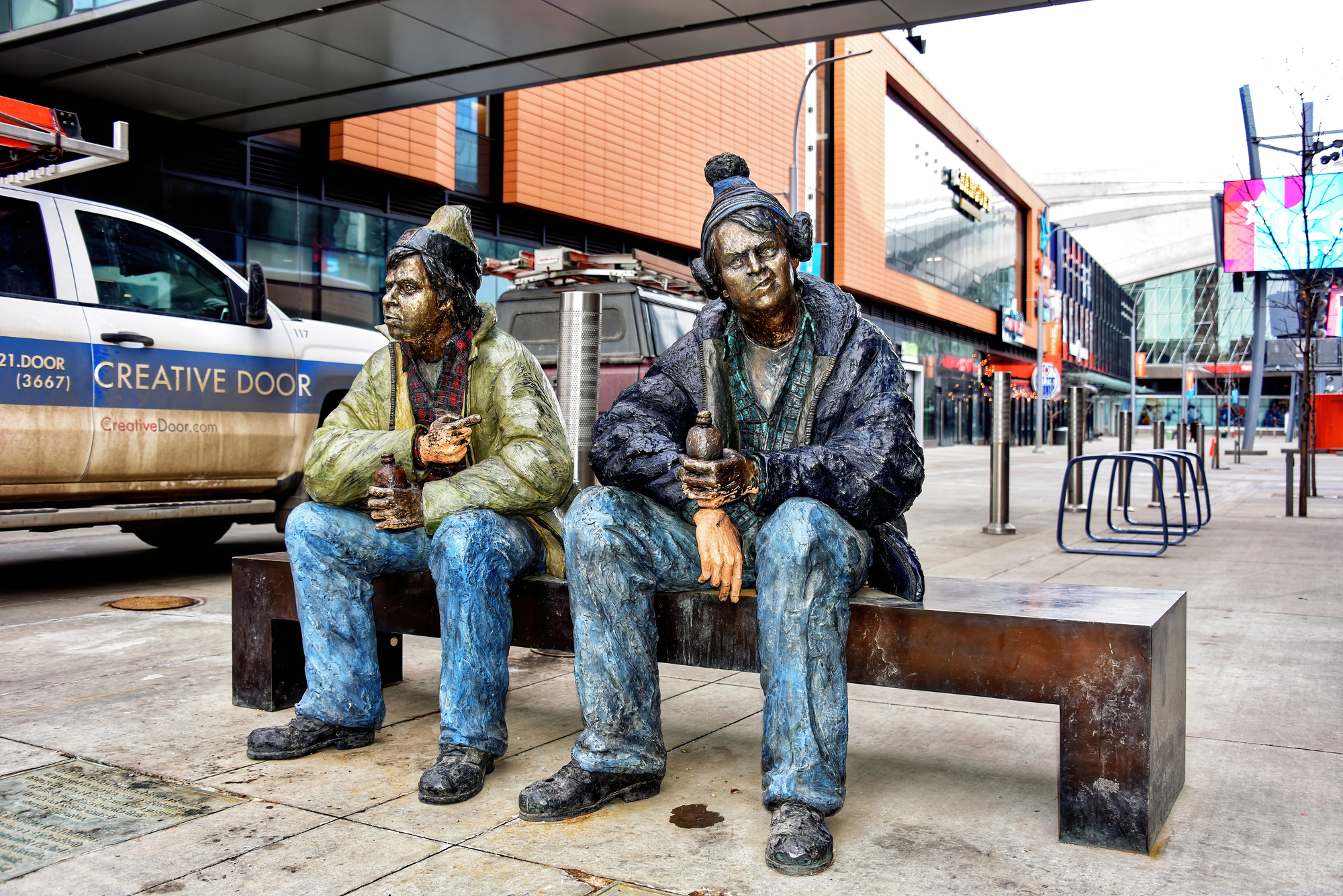
Alberta’s capital offers sophisticated urban pleasures with its thriving arts district, innovative culinary scene, and North America’s largest stretch of urban parkland. The spectacular Royal Alberta Museum showcases the province’s natural and human history in its new downtown location, while the Art Gallery of Alberta’s twisted metal architecture houses impressive collections of historical and contemporary works.
The city’s renowned festival scene includes over 50 annual celebrations highlighted by North America’s oldest and largest Fringe Theatre Festival, creating energy and cultural vibrancy unexpected in a northern prairie city.
Like Travel Pug’s content? Follow us on MSN.
Waterton Lakes National Park
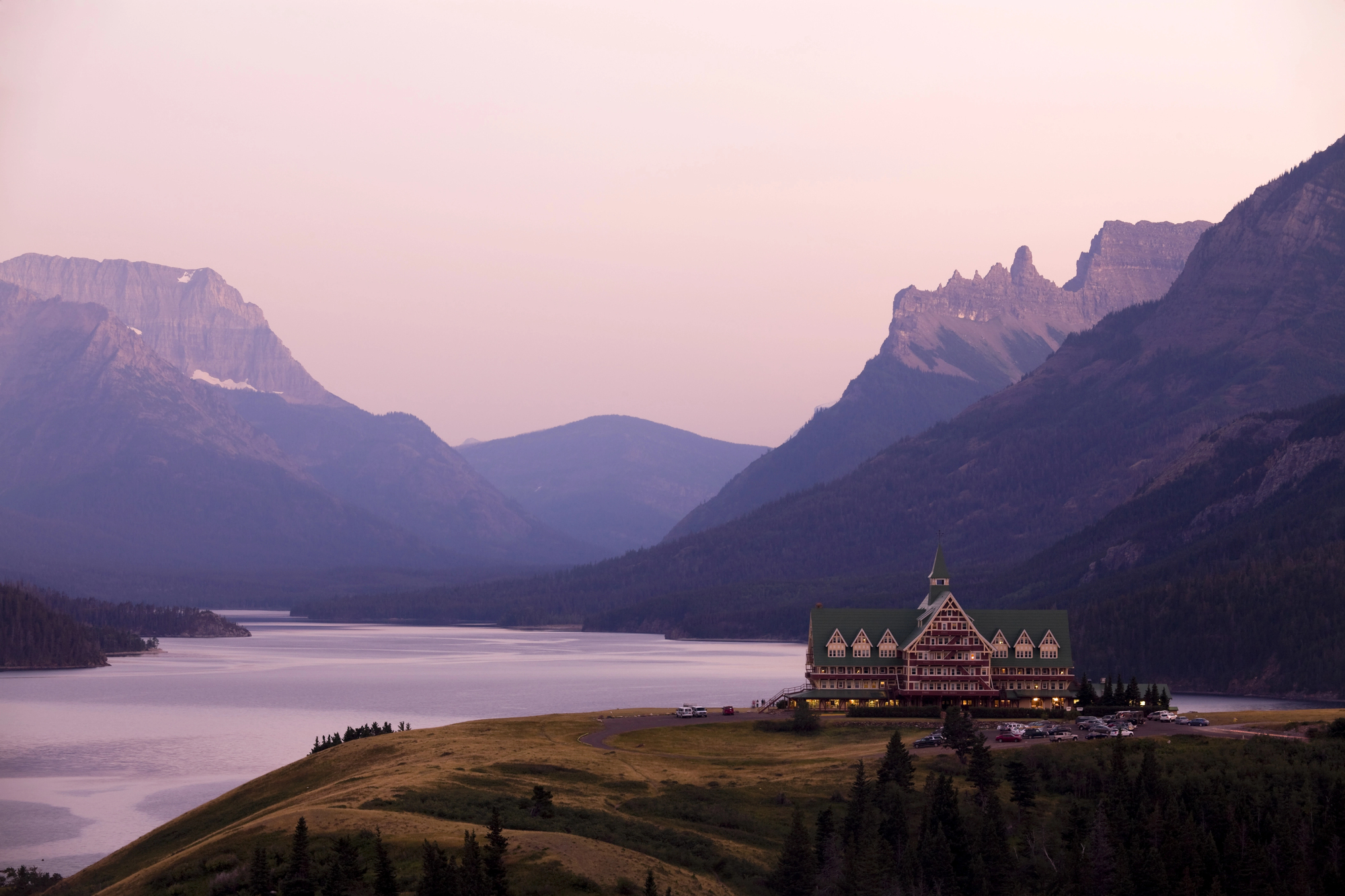
This compact gem, nestled in Alberta’s southwest corner, where the mountains meet the prairies, offers rugged peaks, crystalline lakes, and abundant wildlife without the crowds found in other mountain parks. The historic Prince of Wales Hotel stands sentinel over the townsite with panoramic views of the mountains reflected in Upper Waterton Lake stretching into Montana’s Glacier National Park.
The International Peace Park designation shared with its American neighbor creates a unique cross-border wilderness experience where hikers can actually cross between countries on the Crypt Lake trail, featuring tunnels, ladders, and breathtaking views.
Calgary Beyond Stampede
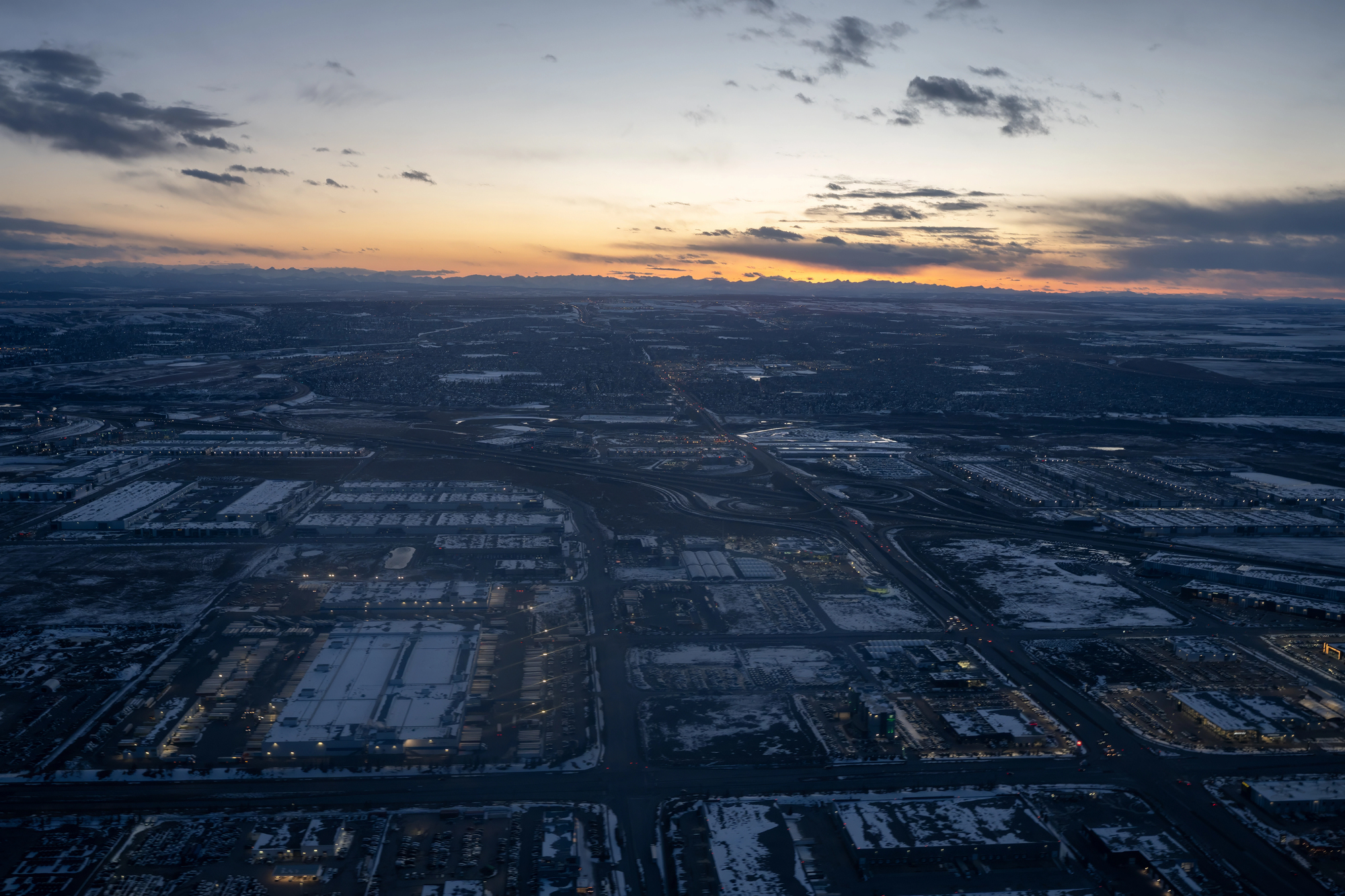
While many visitors time their trips around the famous rodeo festival, Alberta’s largest city offers year-round attractions from the innovative Studio Bell, home of the National Music Centre, to the acclaimed winter Olympic facilities on the city’s western edge. The revitalized East Village and Inglewood neighborhoods host independent boutiques, craft breweries, and chef-driven restaurants in historic buildings that tell the story of this former frontier outpost.
The expansive Calgary Zoo operates one of the most successful conservation breeding programs for endangered whooping cranes, while Heritage Park Historical Village recreates western Canadian settlements with working antique midway rides and steam trains.
Writing-on-Stone Provincial Park
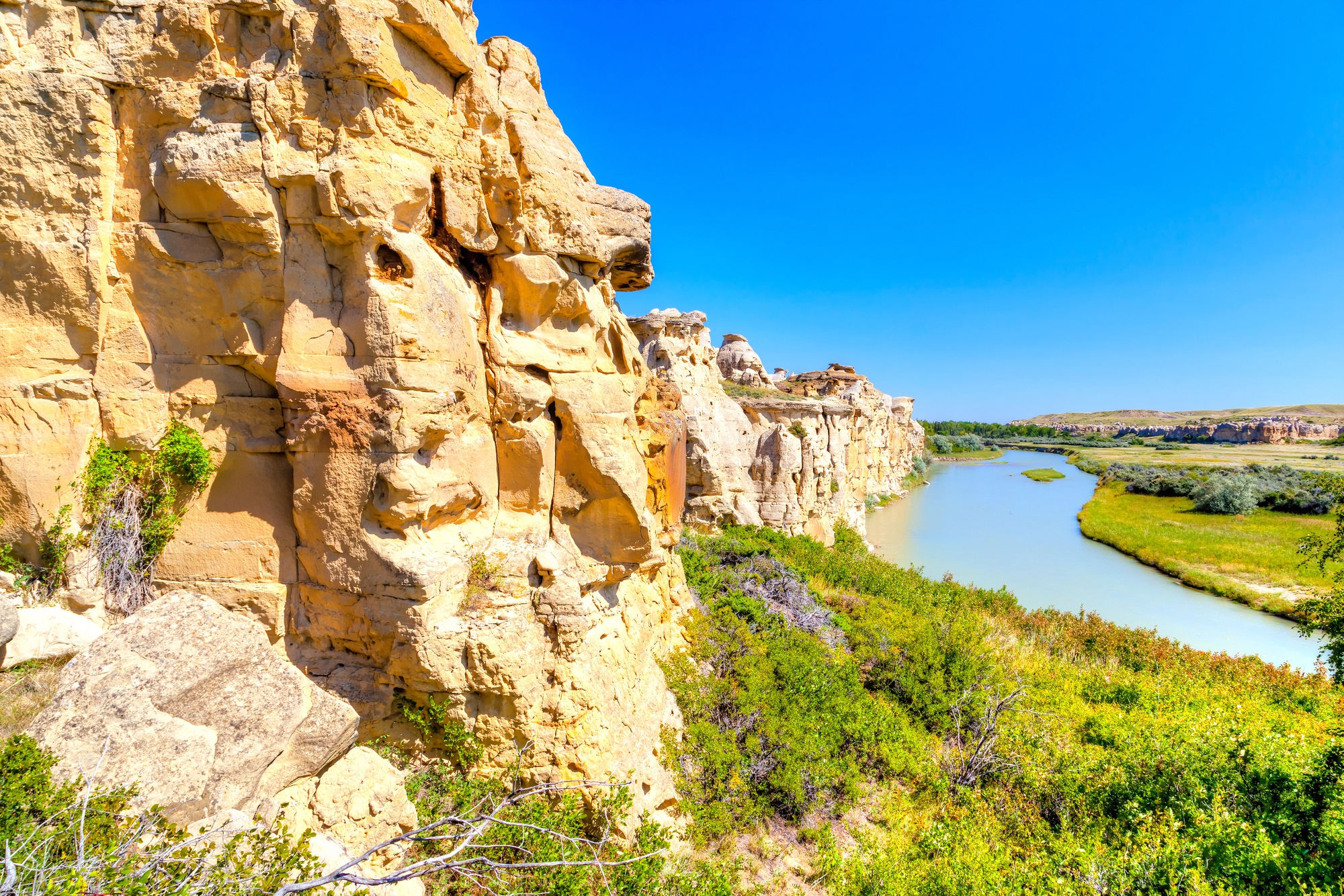
This sacred landscape contains the largest concentration of rock art on the North American Great Plains, with thousands of petroglyphs and pictographs created by the Blackfoot people over millennia. The hoodoo-filled valley carved by the Milk River creates a microclimate supporting unusual plants and wildlife not typically found on the surrounding prairie landscape.
Evening interpretive programs led by Indigenous guides explain the profound cultural significance of this recently designated UNESCO World Heritage site, where visitors can connect with thousands of years of continuous Indigenous presence on this land.
Like Travel Pug’s content? Follow us on MSN.
Kananaskis Country
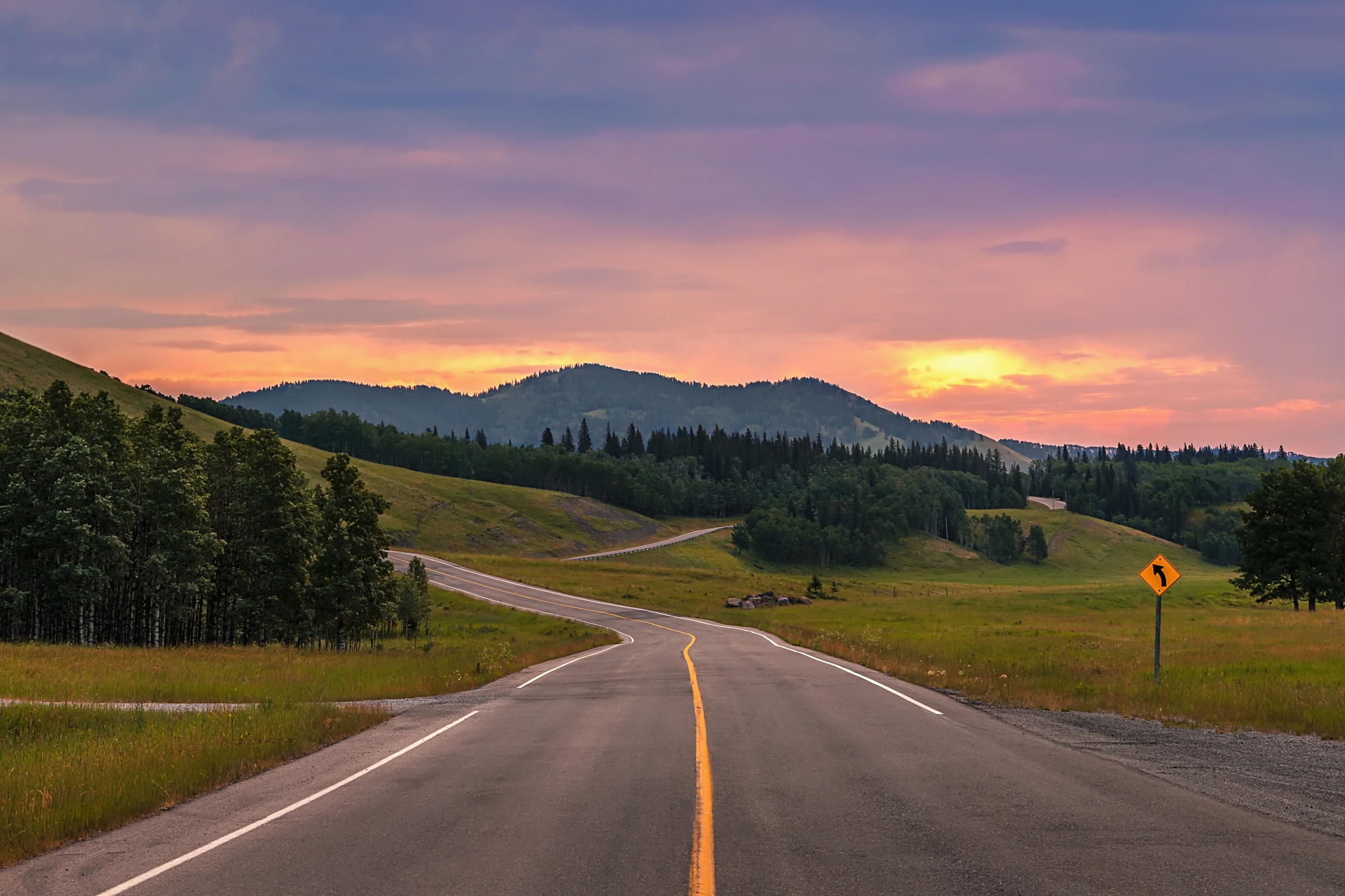
This network of provincial parks adjacent to Banff offers similarly spectacular mountain scenery with significantly lighter visitation despite being just an hour from Calgary. The 2013 floods and 2020 provincial funding changes altered some facilities but created a wilder experience where wildlife encounters happen with greater frequency than in more developed areas.
Winter activities include cross-country skiing on Olympic-quality trails at the Canmore Nordic Centre, while summer brings exceptional hiking opportunities like the spectacular Tent Ridge Horseshoe, offering 360-degree mountain views without the parking challenges found at similar viewpoints in the national parks.
Head-Smashed-In Buffalo Jump

This UNESCO World Heritage site preserves the story of Indigenous hunting practices where buffalo were driven over cliffs as a highly organized community hunting method used for nearly 6,000 years. The interpretive center built directly into the hillside explains the sophisticated ecological knowledge and social organization required to execute these hunts successfully through multiple interactive exhibits.
Blackfoot guides share oral histories passed through generations, connecting visitors with living cultural traditions that maintain strong connections to this ancient hunting site despite the profound changes brought by European settlement.
Lethbridge Coulees
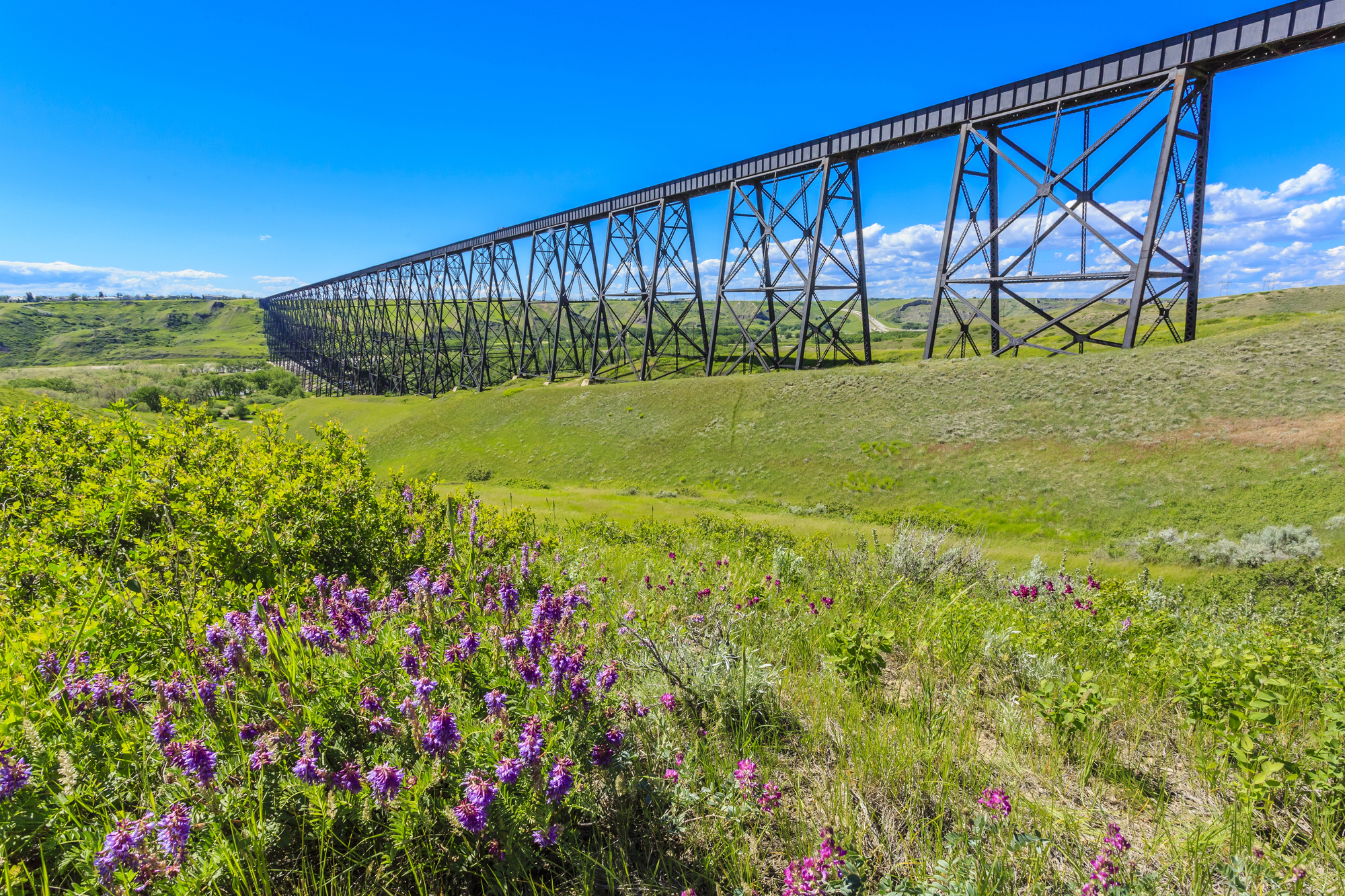
These dramatic river valleys cutting through the prairie landscape create unexpected microclimates supporting unique ecosystems just minutes from downtown Lethbridge. The impressive High Level Bridge spans the valley, standing as the longest and highest trestle bridge of its type in the world at over a mile long and 300 feet high.
The Helen Schuler Nature Centre offers excellent educational programs about the coulees’ ecological importance, while extensive trail networks provide opportunities for hiking, mountain biking, and wildlife spotting in terrain that shifts dramatically from arid ridgetops to lush riverside habitats within short distances.
Like Travel Pug’s content? Follow us on MSN.
Elk Island National Park

This fenced sanctuary, just 35 minutes east of Edmonton, protects the highest density of hoofed mammals per square mile of any place in the world, including both plains and wood bison herds critical to North American conservation efforts. The park offers exceptional wildlife viewing opportunities with almost guaranteed bison sightings against a backdrop of aspen parkland dotted with small lakes and wetlands.
The dark sky preserve designation makes Elk Island a premier stargazing location where northern lights often dance overhead, while the Living with Wildlife interpretive programs explore the delicate balance of conservation and visitor access in this small but vital protected area.
Medicine Hat Clay Industries
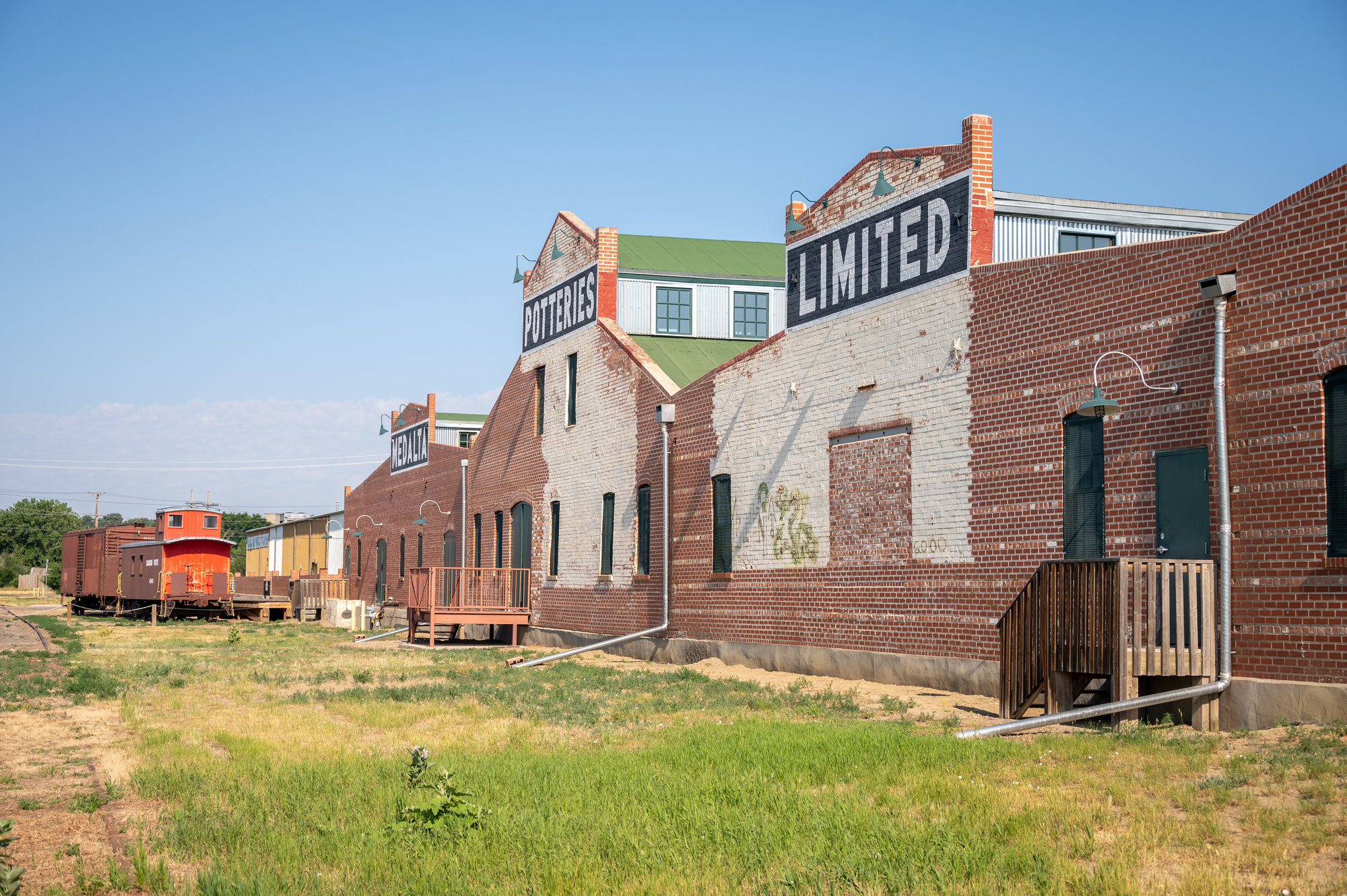
This prairie city earned its nickname as ‘The Gas City’ from the massive natural gas fields that fueled the development of a world-renowned ceramics industry still thriving today. The historic Medalta factory complex in the atmospheric Clay District operates both as a working pottery and museum where visitors can watch contemporary ceramicists using restored beehive kilns alongside exhibits detailing the area’s industrial heritage.
The surrounding Canadian Badlands terrain provides dramatic sunset viewing opportunities over coulees and hoodoos just minutes from downtown, creating perfect bookends to a day of exploring this underappreciated prairie city.
Fort McMurray Wood Buffalo
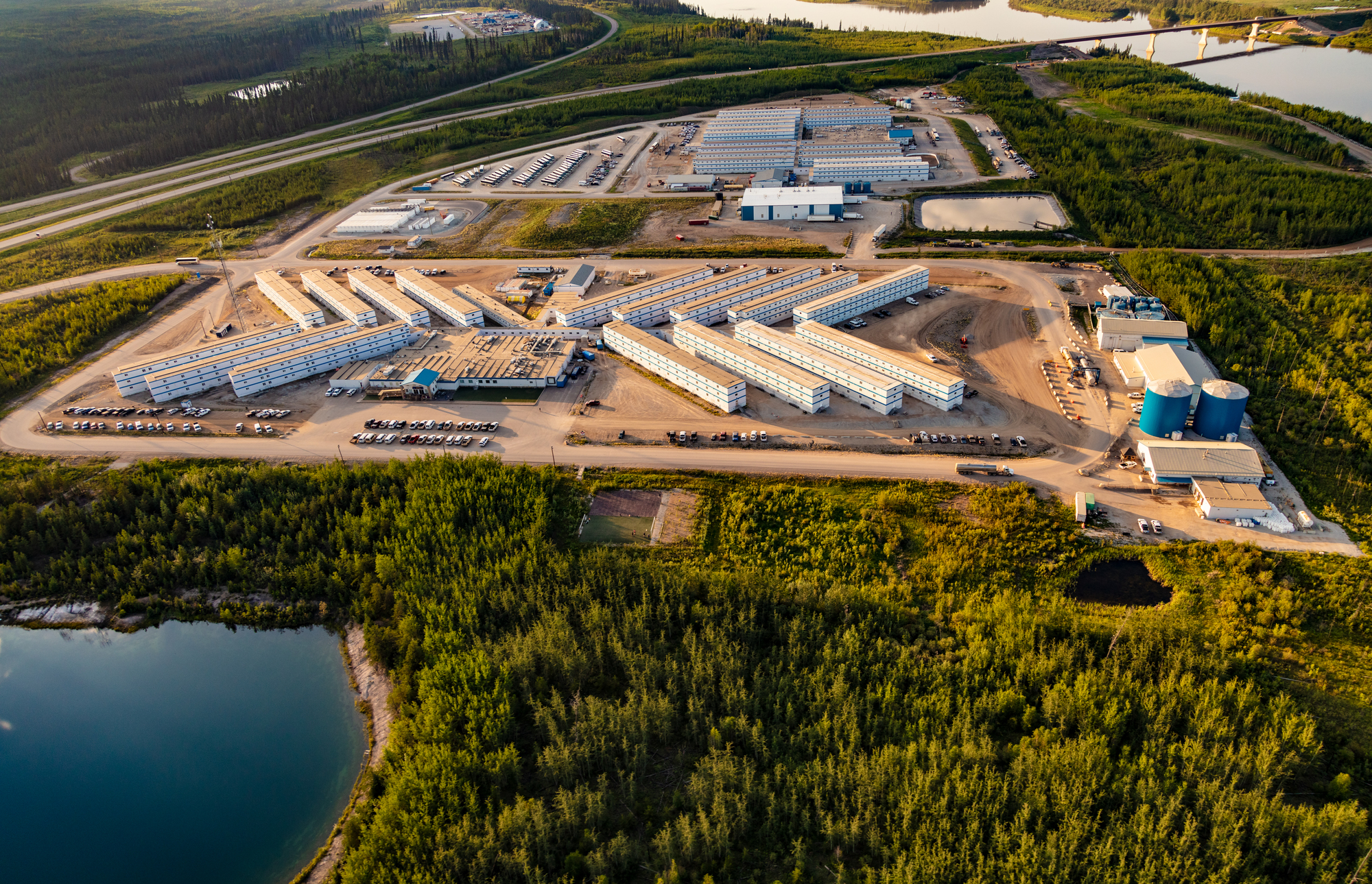
Most travelers associate this northern region solely with oil sands development, missing the spectacular wilderness experiences available in Canada’s largest national park just beyond the industrial operations. Wood Buffalo National Park protects the world’s largest beaver dam, the last wild whooping crane nesting grounds, and free-roaming bison herds among its 17,300 square miles straddling Alberta and the Northwest Territories.
The Northern Lights tourism infrastructure improves annually, with winter viewing opportunities among the most reliable in the world, complemented by dog sledding, ice fishing, and Indigenous cultural experiences available through local operators based in Fort McMurray.
Like Travel Pug’s content? Follow us on MSN.
Alberta’s Dark Sky Preserves
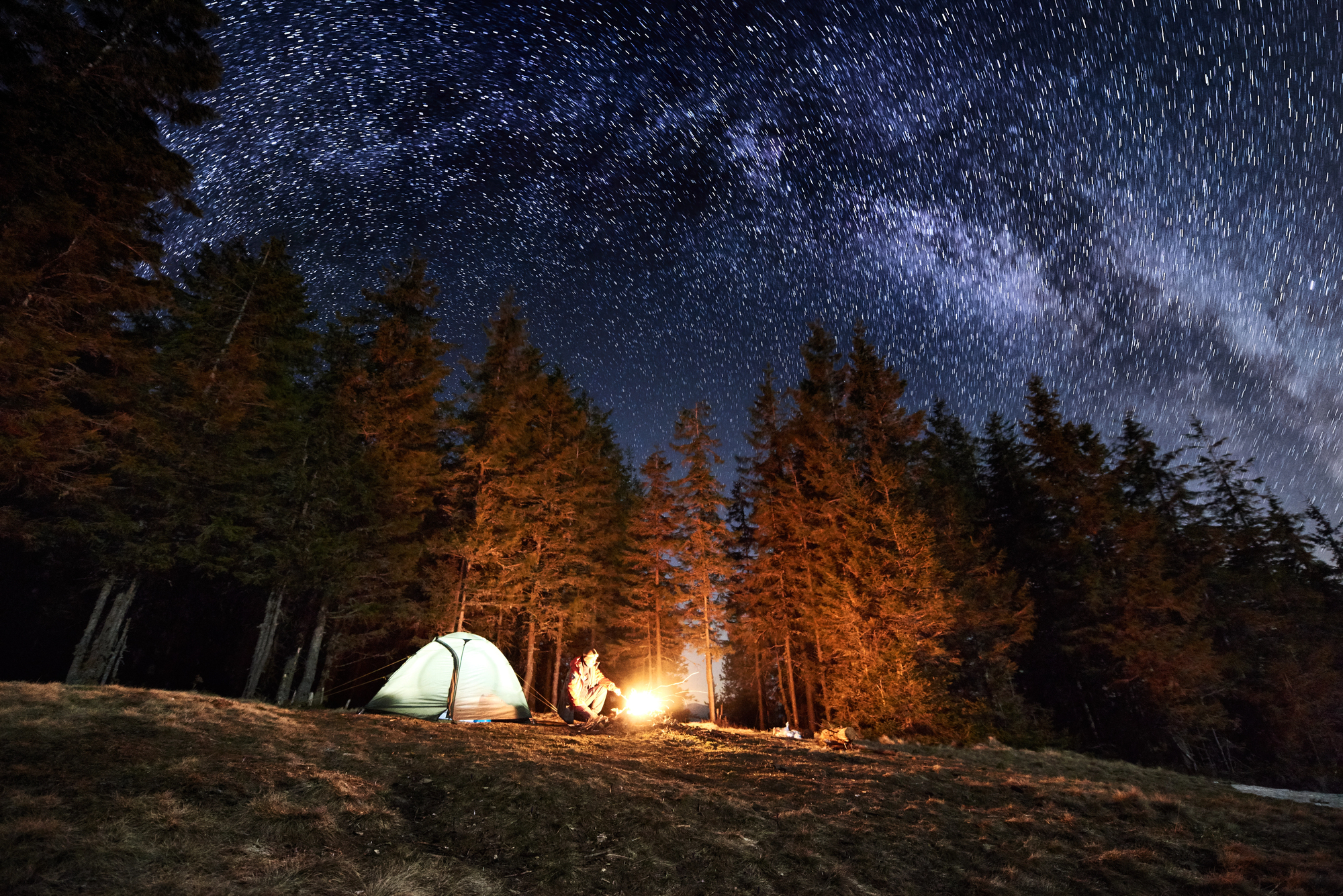
The province contains some of North America’s largest dark sky preserves, offering stargazing experiences of extraordinary quality for both casual observers and dedicated astronomers. Jasper’s Dark Sky Preserve spans 4,200 square miles—making it the second-largest in the world—while Cypress Hills Interprovincial Park offers dedicated astronomy programming and observatories equipped with powerful telescopes available for public use.
The annual Dark Sky Festivals include photography workshops, astronomer-guided constellation tours, and nocturnal wildlife viewing, transforming appreciation of Alberta’s spectacular natural areas from daytime-only experiences into round-the-clock adventures.
Canmore’s Mountain Town Atmosphere

This authentic mountain community just outside Banff National Park’s eastern boundary delivers Rocky Mountain experiences without the park’s commercial development or entrance fees. The Nordic Centre, built for the 1988 Olympics, provides world-class cross-country skiing in winter and mountain biking in summer, while the extensive trail system includes favorites like Grassi Lakes with its turquoise pools and prehistoric pictographs.
The thriving restaurant scene rivals much larger cities, driven by talented chefs who chose the mountain lifestyle over urban opportunities, while local galleries showcase artists drawing inspiration from the surrounding peaks visible from almost every downtown street.
Ukrainian Cultural Heritage Village
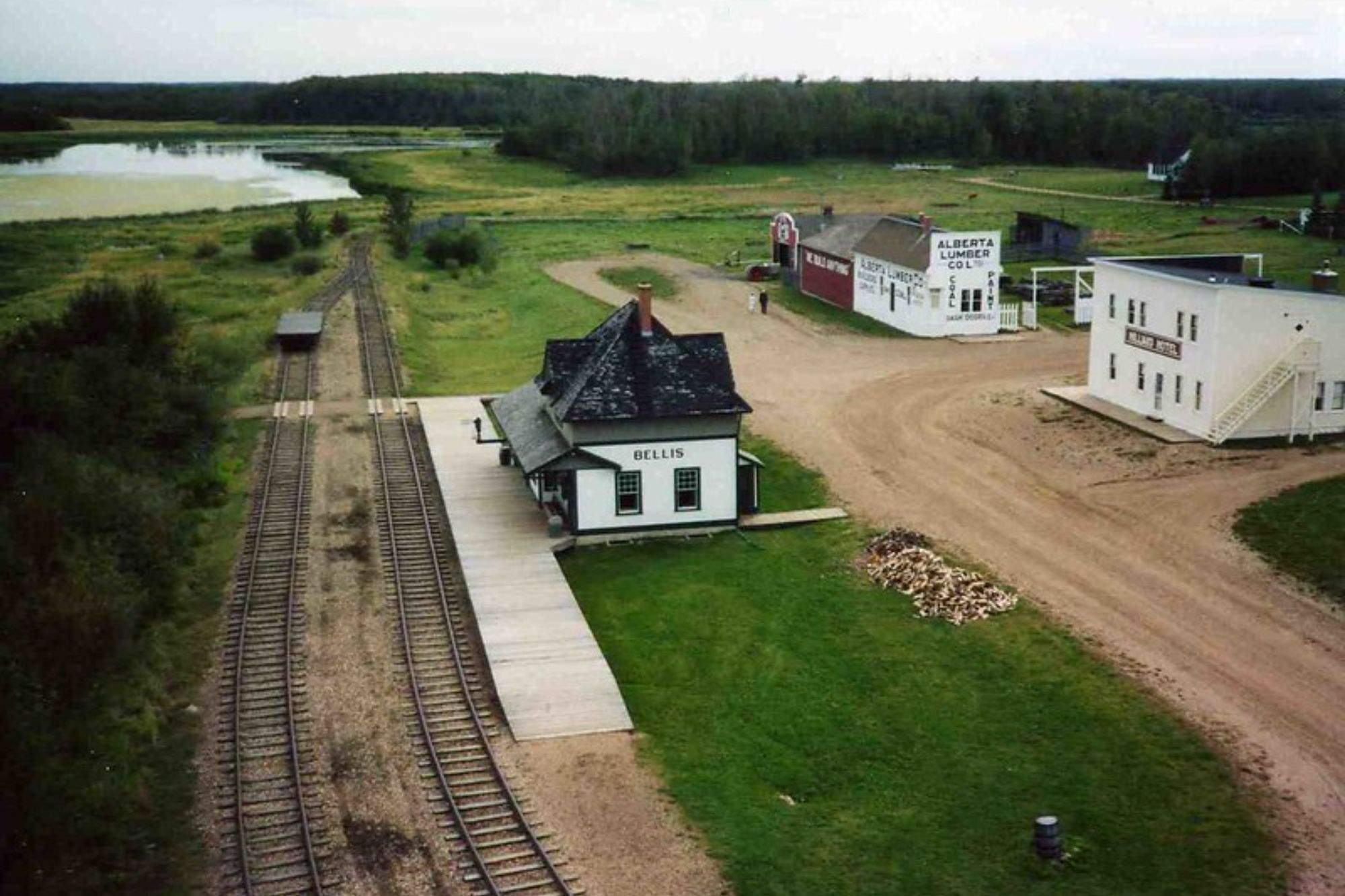
This open-air museum east of Edmonton meticulously recreates the settlement experience of Ukrainian immigrants who arrived between 1892-1930, playing a crucial role in developing western Canada’s agricultural heartland. Costumed interpreters occupy historically accurate buildings moved from original locations throughout east-central Alberta, demonstrating traditional crafts, farming methods, and food preparation.
The working grain elevator, general store, and three distinct church denominations illustrate how these communities evolved while maintaining language and cultural traditions, creating distinctly Ukrainian-Canadian identities that continue to influence Alberta’s cultural landscape more than a century later.
Like Travel Pug’s content? Follow us on MSN.
Calgary-Edmonton Corridor Attractions
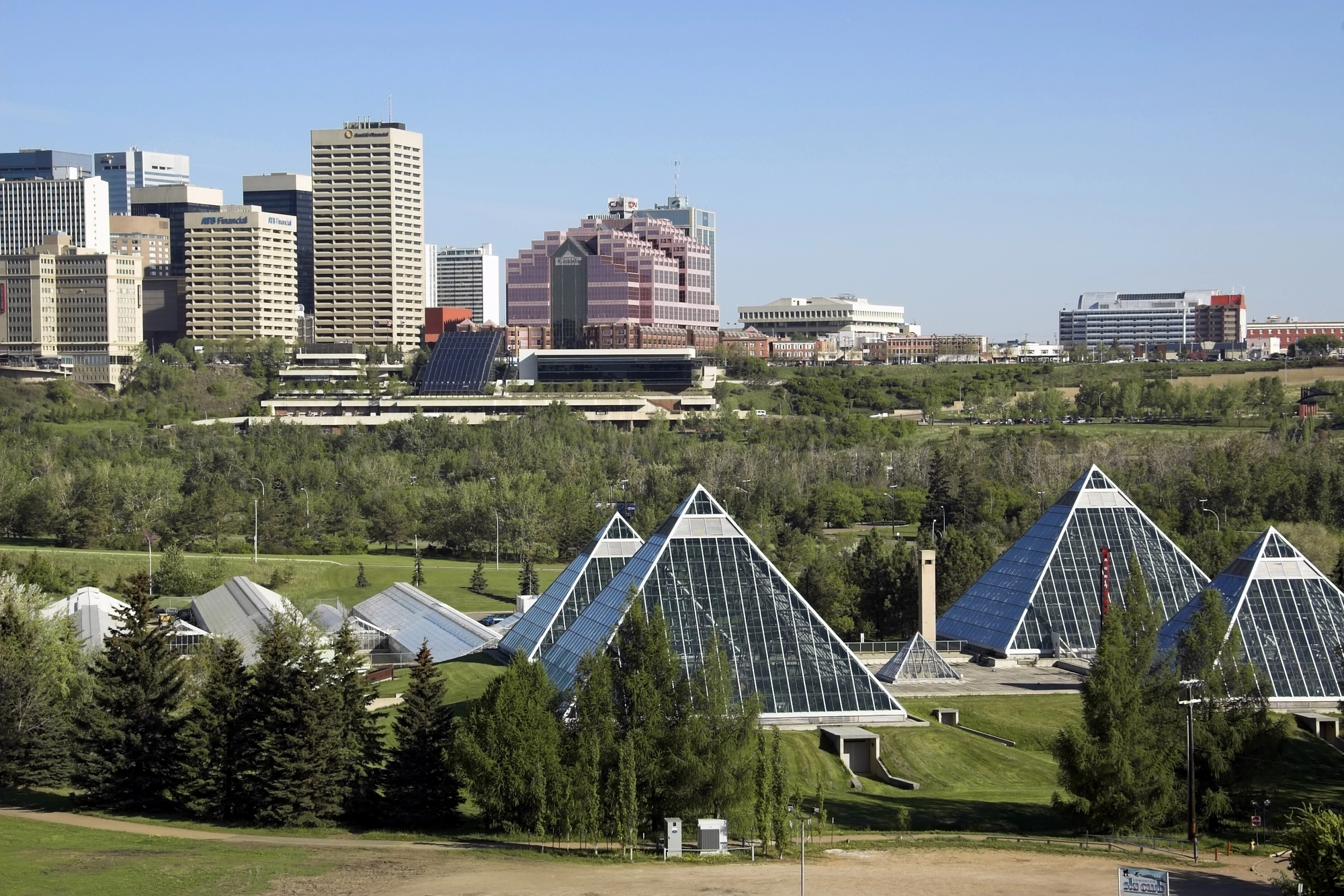
The highway connecting Alberta’s two major cities passes numerous worthwhile stops often overlooked by tourists focused solely on mountain destinations. The Ellis Bird Farm near Red Deer combines ornithological research with public education about cavity-nesting birds, operating the world’s most successful purple martin conservation program amid beautiful gardens and excellent dining at the on-site café.
The Reynolds-Alberta Museum in Wetaskiwin houses Canada’s largest collection of working vintage cars, aircraft, and agricultural equipment demonstrated during special events, while the nearby Ukrainian Cultural Heritage Village brings early settlement history to life through immersive experiences in historical buildings with costumed interpreters.
Southern Alberta Ranch Experiences

The province’s ranching heritage comes alive through guest ranch experiences across southern Alberta, where working cattle operations welcome visitors for authentic western activities beyond the commercialized atmosphere of Calgary Stampede. Multi-day stays include cattle drives, horseback riding through native prairie landscapes, and evenings around campfires where ranching families share stories passed through generations since the open range era.
Conservation-focused operations like the Waterton Biosphere Reserve demonstrate how progressive ranching practices protect critical wildlife corridors while maintaining viable agricultural enterprises, offering behind-the-scenes perspectives on the complex relationships between ranching traditions and environmental stewardship.
Alberta’s Diverse Heritage

The province contains multitudes—from Indigenous nations whose presence spans at least 10,000 years to recent immigrants creating new fusion traditions in growing urban centers. The provincial motto ‘Strong and Free’ reflects both the resilience required to thrive in this sometimes harsh northern landscape and the pioneering spirit that continues shaping Alberta’s identity.
Every corner of the province offers distinctive experiences reflecting particular geographical features, historical developments, and cultural influences that create a complex tapestry extending far beyond the postcard-perfect but limited view offered by focusing solely on Banff.
More from Travel Pug

- Cities Growing so Fast You Won’t Recognize Them in 10 Years
- 13 Destinations Where Tourists Regularly Regret Their Trip
- 20 Obscure WWII Sites Even History Buffs Don’t Know About
- 10 Under-the-Radar Mountain Towns That Are Both Affordable and Beautiful
- Remote Villages in Europe Where You Can Live for Free in Exchange for Work
Like Travel Pug’s content? Follow us on MSN.
